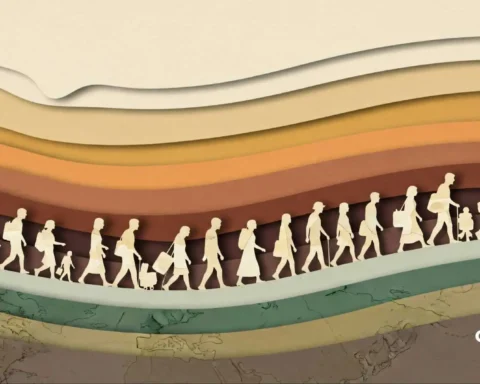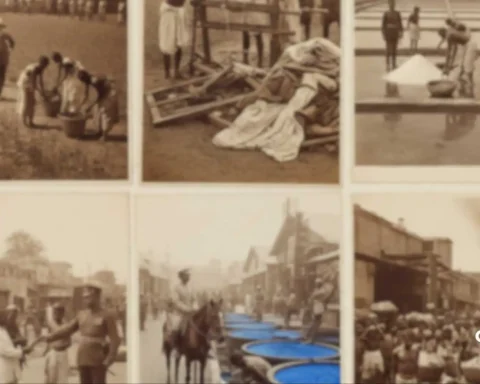The COVID-19 pandemic marked a historic shift in the lives of most people. Following the halting and resumption of the pre-pandemic established order after lockdown mandates had been lifted, significant ripples were felt throughout much of India.
One area that underwent this disruption was the migration pattern in India. The reverse migration that was experienced at the height of the pandemic has been supplemented by a complex mix of returnees and new migrants. This article aims to explore the new dynamics, trends and shifts in migration after the pandemic as the country and the world at large returned to normalcy.
Table of Contents
Reverse Migration in 2020
During the COVID-19 pandemic, the migration pattern in India experienced a mass exodus of people from major cities back to their rural areas. Lockdown and quarantine mandates put a halt to conventional employment, particularly in the semi-skilled and unskilled labour areas such as construction, manufacturing and hospitality.
Since the lockdown mandates, however, there has not been an immediate return to normalcy as expected, particularly in the migrant labour force. While many people did return to metropolitan hubs to previous jobs or seek new ones, there has been long-term rural retention. This has been greatly influenced by government initiatives that have placed an emphasis on employment in the agricultural sector and other schemes, such as MGNREGA, that are intended to ensure the availability of lasting employment in rural regions of the country.
Government Initiatives and Policies
As mentioned above, the migration pattern in India post-COVID-19 was greatly affected by the availability of jobs. This dimension was then intentionally influenced by several government schemes that aimed to ensure returning migrant workers found jobs back in their rural homes.
Such schemes involved the aforementioned and long-standing MGNREGA (Mahatma Gandhi National Rural Employment Guarantee Act), which was expanded to absorb the influx of returning migrant workers. It focused on many areas, such as providing rural households with 100 days of paid work annually and developing infrastructure in these regions with a focus on water conservation and afforestation. This not only created jobs in rural regions but also raised the standard of living.

The Emergence of Second-Tier Cities
Perhaps the greatest deviation on the return to normalcy post-COVID-19 was the emergence and growth of “second and third-tier cities”. Cities such as Coimbatore, Pune and Jaipur have seen a large influx of young, skilled professionals wishing to move away from congested major cities and hubs.
This has largely been enabled by the rise of remote jobs, which saw an uptick during the pandemic. This has been one of the major shifts in the migration pattern in India since 2021. Other factors that have led to the pull towards second and third-tier cities are the lower costs of living, particularly in housing, as well as better quality of life. The influx has inevitably boosted local economies as the population spike has increased demand for several social needs. Housing, education, and healthcare have all become more readily available in these cities in order to accommodate the emigrating populace further.
RELATED ARTICLES:
- Internal Migration in India: A Deep Dive into Causes and Consequences
- The Economic and Social Causes of Migration in India
Conclusion
The COVID-19 pandemic was a pivotal moment in the world. While the main focus has largely been on its impact on health, it has also changed the modus operandi of many fields and areas of society and its many dynamics.
The migration pattern in India post-pandemic is a great indicator of this. Younger demographics no longer exclusively flock to major cities for employment. The rural-urban migration relationship has completely been altered. Whereas the dynamic was previously unidirectional, it has now
become multifaceted, involving rural retention and seasonal migration.
These key shifts in the migration pattern in India are greatly reshaping the socioeconomic domains of the tricolour nation and will continue to do so in the immediate future.

FAQs
What are the factors responsible for the migration pattern in India?
Migration patterns in India are affected by several factors, either push or pull. However, education, healthcare, better infrastructure, and employment are at the forefront of these factors.
What is internal migration and its types?
Internal migration refers to the movement of people within the borders of the country. It can be categorised in the context of the pattern of movement. The four major migration patterns in India are rural to urban, rural to rural, urban to rural and urban to urban.
Which type of migration is highest in India?
Despite the varied migration patterns in India and their many causes and factors, rural to urban migration remains the most predominant and active of all the various types of migration.









